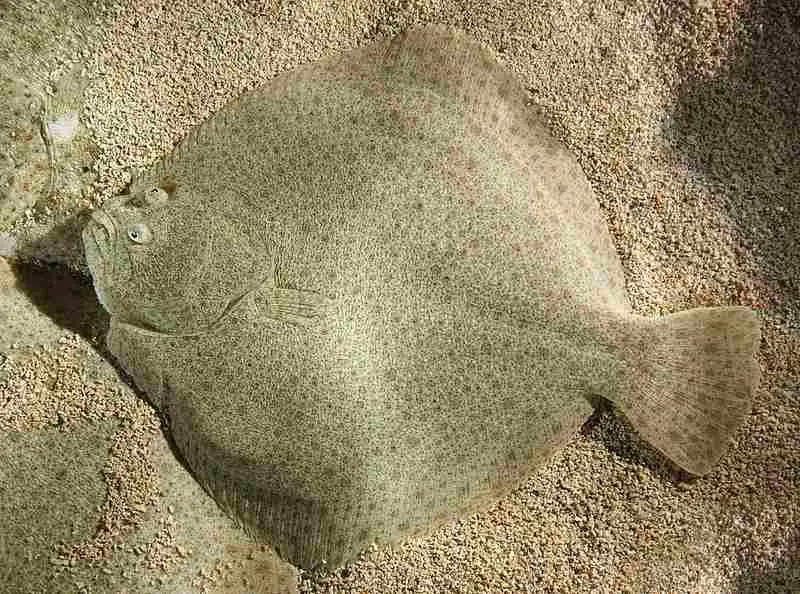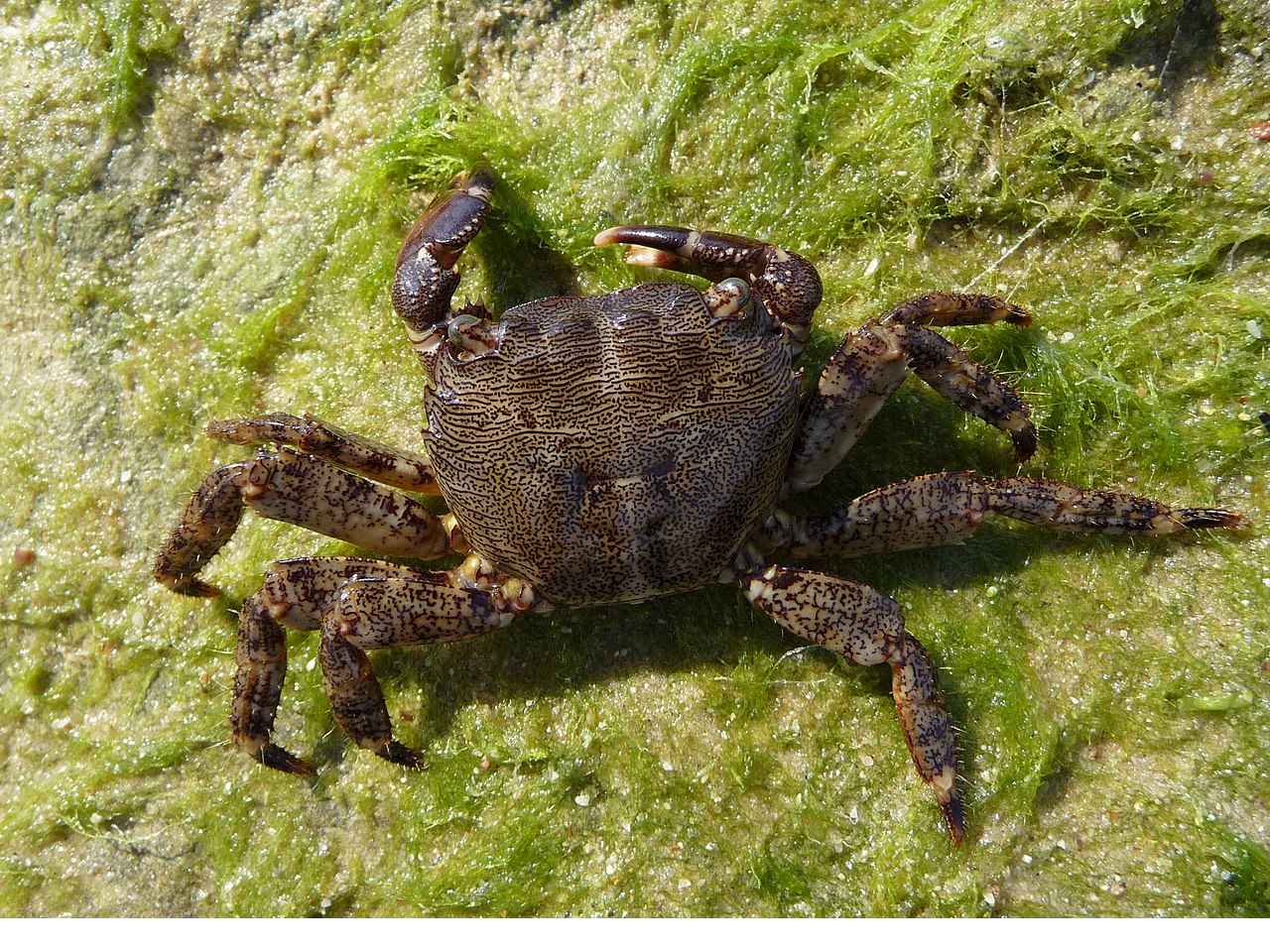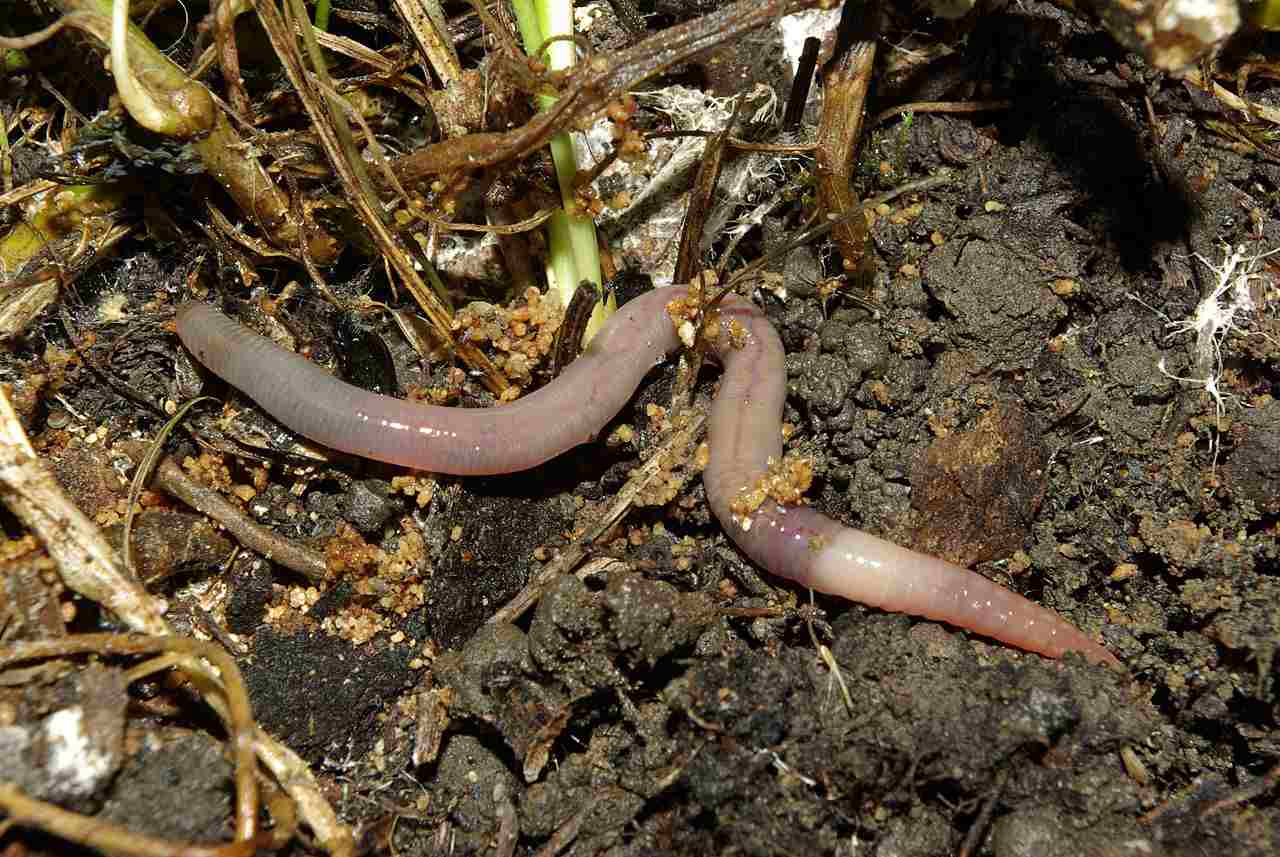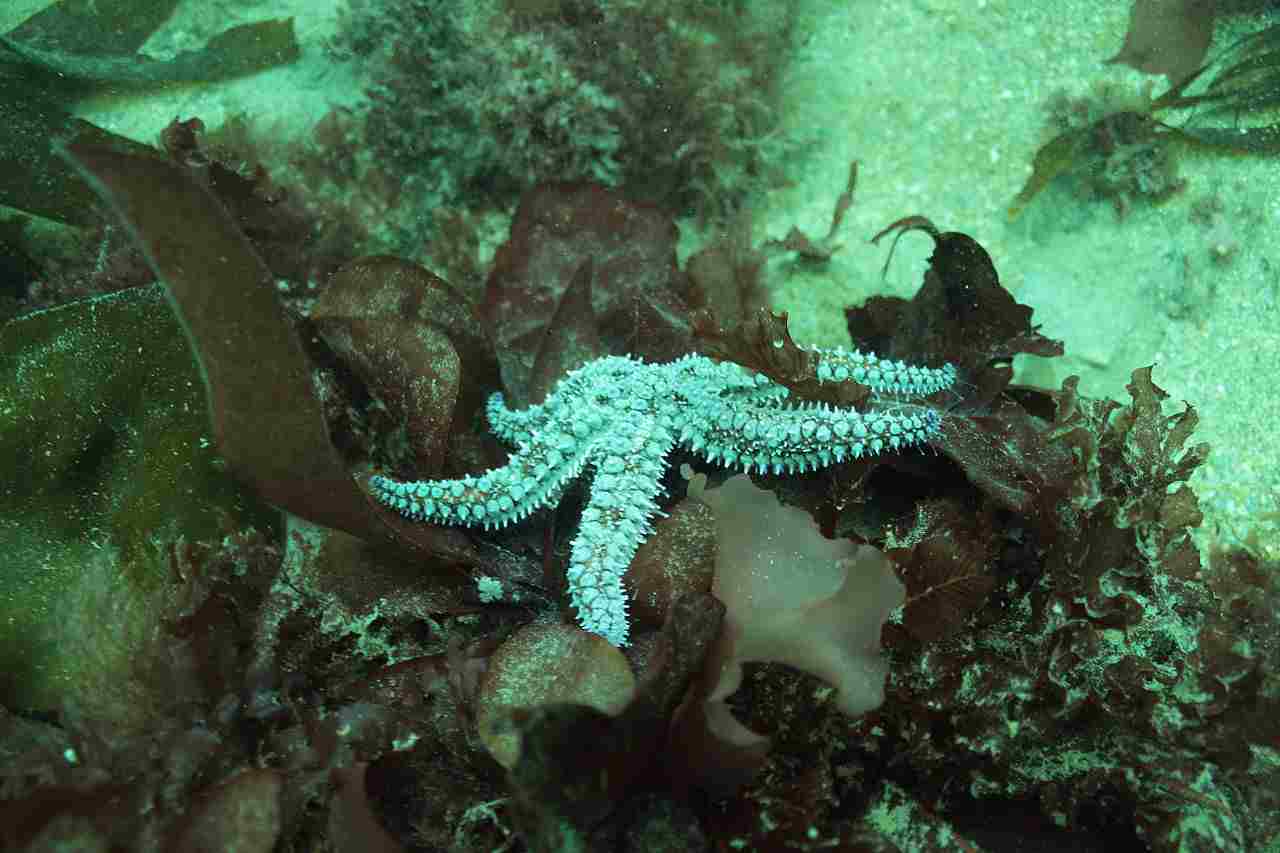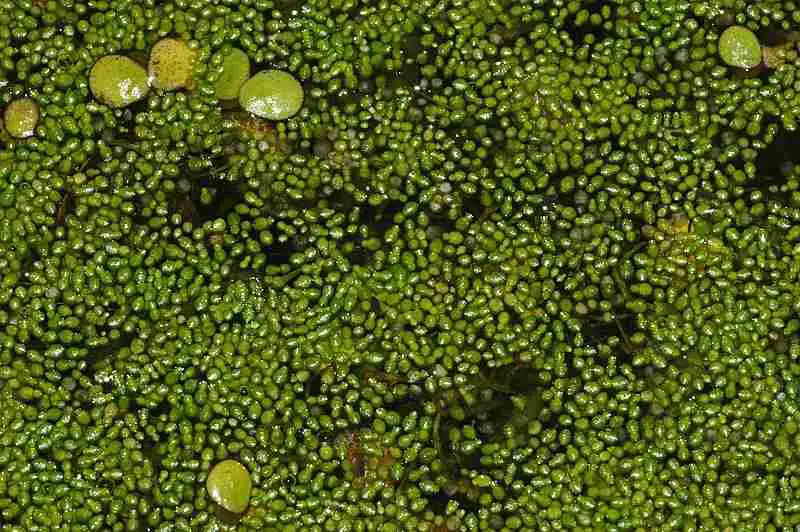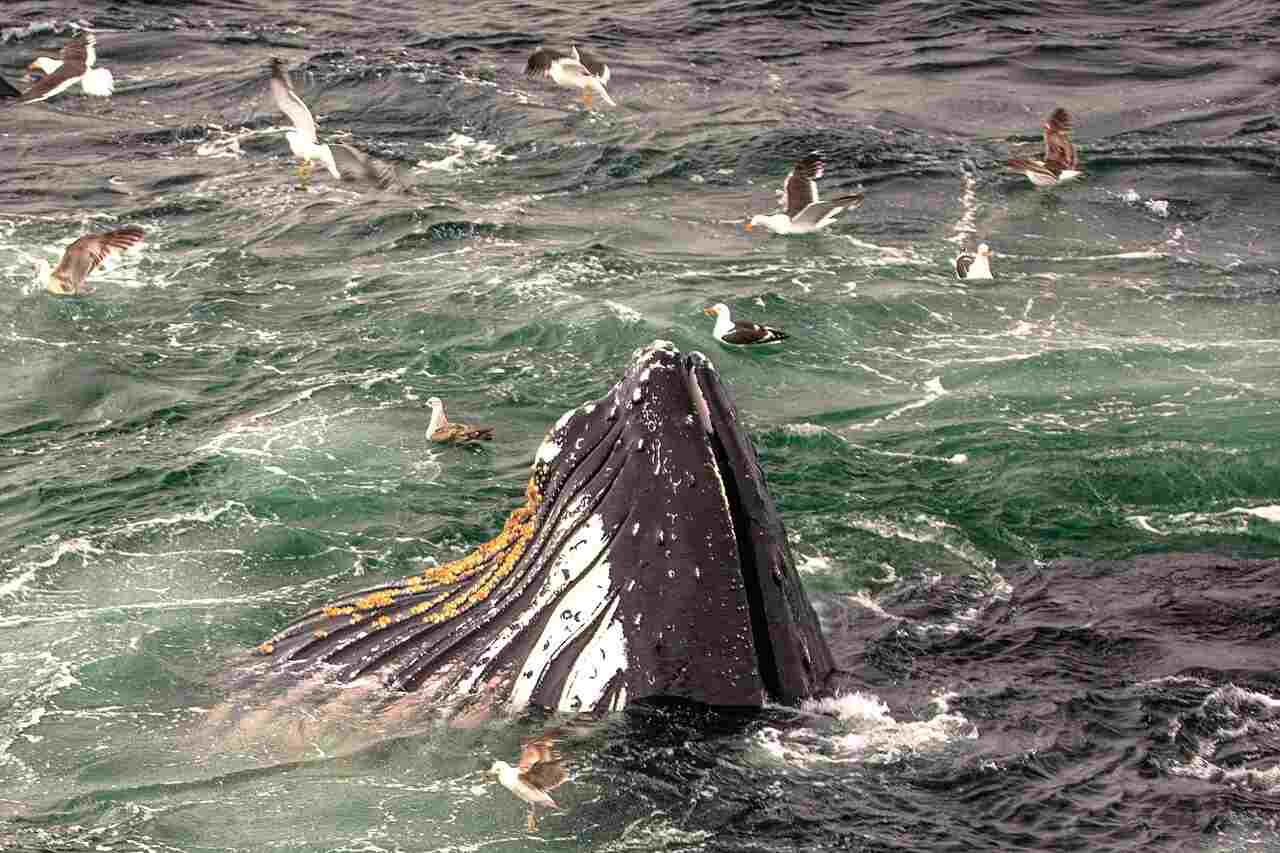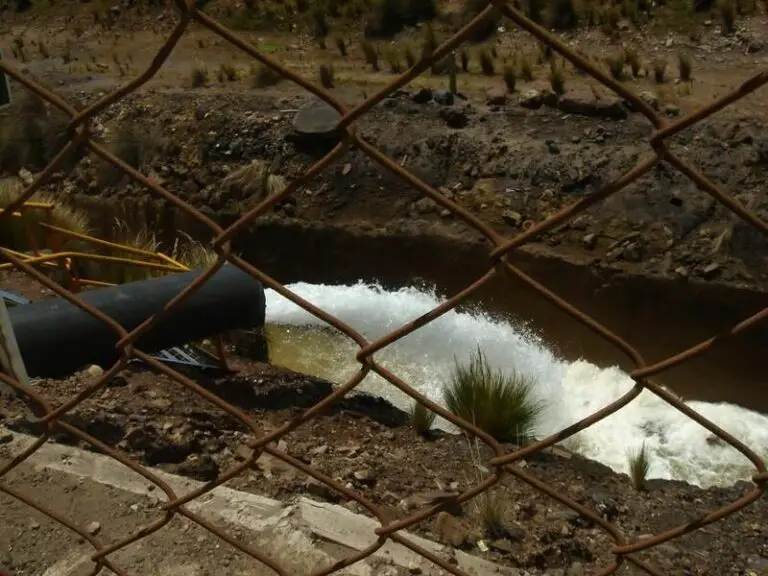19+ Detritivores In Freshwater Biome And Their Characteristics
Examples of detritivores in freshwater biomes include crayfish, which scavenge on decaying plant material and dead organisms, and amphipods, which consume decaying plant matter and algae. Isopods and caddisfly larvae also contribute to nutrient recycling by feeding on organic debris. Freshwater shrimp, snails, and mussels are critical filter-feeders, while chironomid larvae and bloodworms support the decomposition process by consuming organic matter within the sediment. Together, these detritivores play a vital role in maintaining the health and balance of freshwater ecosystems.
1. Crayfish
Crayfish are omnivorous detritivores found in freshwater biomes, serving a crucial role in the decomposition of organic matter and nutrient cycling. With their clawed appendages, crayfish scavenge for decaying plant material, dead organisms, and other organic detritus, breaking it down into smaller pieces that further fuel the ecosystem’s food web. They often inhabit streams, rivers, ponds, and lakes, where they burrow into sediment and create habitats that support other aquatic organisms. By consuming and processing detritus, crayfish contribute to the health and balance of freshwater ecosystems, supporting the energy flow and providing a food source for predators like fish and birds.
2. Amphipods (e.g., Scuds)
Amphipods, such as scuds, are small, shrimp-like detritivores commonly found in freshwater environments like streams, rivers, and lakes. They primarily feed on decaying plant matter, algae, and other organic detritus, helping to decompose and recycle nutrients back into the ecosystem. Amphipods play a crucial role in breaking down organic materials, serving as a food source for larger predators like fish and aquatic birds. Their presence indicates a healthy aquatic ecosystem, as they thrive in clean, oxygen-rich waters.
3. Isopods (e.g., Asellus aquaticus)
Isopods, including species like Asellus aquaticus, are robust detritivores in freshwater biomes, where they contribute to the decomposition of organic material. These crustaceans are often found in streams, ponds, and lakes, feeding on dead plant matter, decaying leaves, and other organic debris. By consuming and breaking down these materials, isopods aid in nutrient recycling, providing sustenance for other aquatic organisms. Additionally, they can serve as bioindicators, reflecting the overall health of the aquatic ecosystem.
4. Caddisfly Larvae (certain types)
Caddisfly larvae represent a diverse group of aquatic insects, some of which are detritivores feeding on organic debris in freshwater environments. These larvae construct protective cases from materials like leaves, twigs, or small stones, aiding in the breakdown and decomposition of organic matter. Caddisfly larvae are found in various freshwater habitats, including streams, rivers, and ponds, where they play a key role in nutrient cycling and serve as an important food source for fish and other predators.
5. Freshwater Shrimp (e.g., Gammarus)
Freshwater shrimp, such as those from the Gammarus genus, are important detritivores in freshwater ecosystems. They consume decaying plant matter, algae, and other organic debris, breaking it down into smaller particles. These shrimp are commonly found in streams, rivers, and ponds, where they help maintain ecosystem health by recycling nutrients and providing a food source for fish and other aquatic organisms. Their activity contributes to the energy flow and balance of freshwater environments.
6. Freshwater Snails (e.g., Physa, Planorbidae)
Freshwater snails, including species from the Physa and Planorbidae families, are prolific detritivores in freshwater biomes. They graze on decaying plant material, algae, and other organic detritus, aiding in decomposition and nutrient cycling. Freshwater snails are often found in ponds, lakes, and slow-moving streams, where they contribute to ecosystem health and serve as a food source for fish, birds, and other predators. Their role in breaking down organic matter is vital for maintaining the balance of freshwater ecosystems.
7. Freshwater Mussels (e.g., Unionids)
Freshwater mussels, such as those from the Unionids family, are key detritivores in freshwater ecosystems, filtering organic particles from the water. These bivalves typically reside in rivers and lakes, where they feed on plankton and detritus suspended in the water column. As filter feeders, freshwater mussels play a significant role in maintaining water quality, reducing turbidity, and recycling nutrients. Additionally, they provide habitat and refuge for other aquatic organisms, enhancing biodiversity in freshwater systems.
8. Chironomid Larvae (non-biting Midges)
Chironomid larvae, also known as non-biting midges, are widespread detritivores in freshwater biomes, found in a variety of habitats such as ponds, lakes, and streams. They feed on organic matter within the sediment, playing a key role in the decomposition and recycling of nutrients. Chironomid larvae contribute to the stability of freshwater ecosystems by breaking down organic debris and serving as a crucial food source for fish and other aquatic organisms. Their abundance often reflects the health of aquatic environments, making them valuable bioindicators.
9. Black Fly Larvae
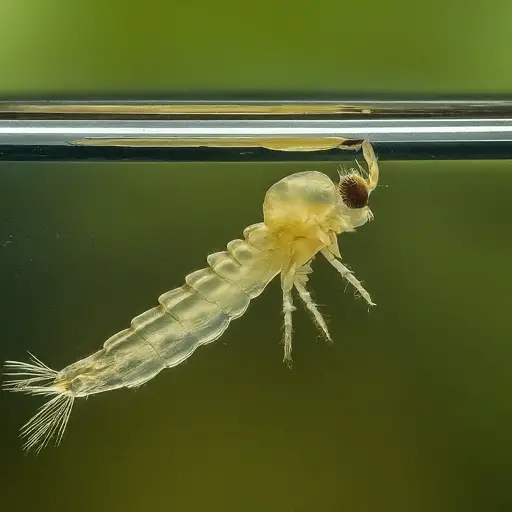
Black fly larvae are common detritivores in freshwater ecosystems, particularly in fast-flowing streams and rivers. They attach to rocks and other submerged surfaces, filtering organic particles from the water to feed. This behavior helps maintain water quality by reducing suspended debris and recycling nutrients back into the ecosystem. Black fly larvae serve as an important food source for fish and other aquatic predators, contributing to the aquatic food web and promoting biodiversity in freshwater habitats.
10. Freshwater Leeches (certain types)
Freshwater leeches, certain types of which are detritivores, play an essential role in freshwater biomes by consuming dead organic matter and contributing to decomposition processes. While some leeches are parasitic, others feed on decaying plant material and other detritus in ponds, lakes, and slow-moving streams. By breaking down organic matter, these leeches support nutrient cycling and provide sustenance for larger aquatic organisms. Their presence in freshwater ecosystems contributes to the overall health and balance of the environment.
11. Daphnia (Water Fleas)
Daphnia, commonly known as water fleas, are tiny crustaceans that serve as important detritivores in freshwater biomes. They filter-feed on phytoplankton, bacteria, and decaying organic matter, playing a critical role in nutrient cycling and maintaining water clarity. Found in lakes and ponds, Daphnia form a crucial link in the aquatic food web, serving as prey for small fish and other predators. Their rapid reproduction and sensitivity to environmental changes also make them valuable bioindicators.
12. Copepods
Copepods are microscopic crustaceans that function as detritivores in freshwater ecosystems. They feed on algae, organic detritus, and small particles suspended in the water. Copepods contribute to nutrient recycling and are a key component of the food chain, providing nourishment for fish larvae and other small aquatic predators. These versatile organisms are found in various freshwater habitats, including lakes, rivers, and ponds, and their presence often indicates a healthy aquatic environment.
13. Mayfly Larvae (certain types)
Certain types of mayfly larvae are detritivores in freshwater biomes, consuming organic matter found in sediments and leaf litter. Mayfly larvae are typically found in clean, oxygen-rich streams and rivers, where they contribute to the breakdown of organic material and support nutrient cycling. As they mature into adult mayflies, they serve as a significant food source for fish, birds, and other predators, thus playing a vital role in the aquatic food web.
14. Stonefly Larvae (certain types)
Some stonefly larvae are detritivores, feeding on decaying plant material and organic debris in freshwater ecosystems. Stonefly larvae typically inhabit cool, fast-flowing streams and rivers, where they contribute to the decomposition of organic matter and help maintain the health of the ecosystem. They are a critical food source for trout and other predatory fish, supporting the aquatic food web and indicating good water quality in their habitats.
15. Tubifex Worms
Tubifex worms are detritivores that live in the sediments of freshwater environments, such as rivers, ponds, and lakes. These slender worms feed on decomposing organic matter and contribute to nutrient recycling and sediment aeration. Tubifex worms are often used in aquarium environments as fish food, and their presence in natural ecosystems is a sign of organic-rich conditions. However, they can also tolerate polluted environments, making them useful bioindicators for water quality monitoring.
16. Cladocerans (e.g., Bosmina)
Cladocerans, including species like Bosmina, are small crustaceans that serve as detritivores in freshwater ecosystems. They filter-feed on organic particles, algae, and detritus, playing a role in maintaining water clarity and recycling nutrients. Cladocerans are a key part of the aquatic food chain, providing sustenance for fish and other predators. They are commonly found in ponds, lakes, and slow-moving streams, where they contribute to ecosystem balance.
17. Freshwater Flatworms (e.g., Planarians)
Freshwater flatworms, like planarians, are important detritivores in freshwater biomes, feeding on decaying organic matter and contributing to the breakdown of nutrients. They are often found in ponds, lakes, and slow-moving streams, where they play a role in cleaning up the ecosystem and supporting nutrient cycling. Additionally, planarians can regenerate their bodies, making them an interesting subject for scientific research. These flatworms also serve as food for small fish and other aquatic predators.
18. Tadpoles (certain species)
Certain species of tadpoles are detritivores in freshwater ecosystems, feeding on algae, plant matter, and decaying organic debris. Tadpoles are an important part of the aquatic food web, contributing to the breakdown of organic material and providing a food source for fish, birds, and other predators. Their presence is often associated with ponds, lakes, and slow-moving streams, where they support nutrient cycling and play a role in ecosystem health.
19. Water Mites (certain types)
Certain types of water mites act as detritivores in freshwater biomes, feeding on decaying organic matter, algae, and small invertebrates. These tiny arachnids are often found in ponds, lakes, and slow-moving streams, where they contribute to the decomposition process and support nutrient recycling. Water mites can also be predatory, and their role as detritivores and predators helps maintain a balanced ecosystem.
20. Bloodworms (chironomid larvae, red type)
Bloodworms, a type of chironomid larvae, are important detritivores in freshwater biomes. These larvae are commonly found in the sediments of lakes, ponds, and slow-moving streams, where they feed on organic debris and contribute to nutrient recycling. Bloodworms have a distinctive red color due to their high hemoglobin content, allowing them to thrive in low-oxygen environments. They serve as a critical food source for fish and other aquatic predators, supporting the freshwater food web.
*Summary
-
Crayfish: Scavenge on decaying plant material and dead organisms in streams, rivers, ponds, and lakes.
-
Amphipods: Shrimp-like detritivores that consume decaying plant matter, algae, and other organic debris.
-
Isopods: Feed on dead plant matter and organic debris, aiding in nutrient recycling.
-
Caddisfly larvae: Construct protective cases while consuming organic detritus.
-
Freshwater shrimp: Filter-feeders that break down organic particles in streams, rivers, and ponds.
-
Freshwater snails: Graze on decaying plant material and algae, contributing to decomposition.
-
Freshwater mussels: Filter organic particles from the water, reducing turbidity.
-
Chironomid larvae: Feed on organic matter within the sediment, supporting nutrient recycling.
-
Black fly larvae: Attach to rocks in fast-flowing streams, filtering organic particles.
-
Freshwater leeches: Certain types feed on decaying plant matter and contribute to decomposition.
-
Daphnia: Tiny crustaceans that filter-feed on phytoplankton and organic matter.
-
Copepods: Feed on algae, organic detritus, and suspended particles.
-
Mayfly larvae: Consume organic matter in sediments and leaf litter.
-
Stonefly larvae: Consume decaying plant material in fast-flowing streams.
-
Tubifex worms: Live in sediments, feeding on decomposing organic matter.
-
Cladocerans: Small crustaceans that filter-feed on organic particles.
-
Freshwater flatworms: Feed on decaying organic matter, supporting nutrient cycling.
-
Tadpoles: Consume algae, plant matter, and organic debris.
-
Water mites: Feed on decaying organic matter, algae, and small invertebrates.
-
Bloodworms: Feed on organic debris in the sediment, contributing to nutrient recycling.
| Organism |
Role in Freshwater Biome
|
| Crayfish |
Scavenge decaying plant material and dead organisms
|
| Amphipods |
Consume decaying plant matter and algae
|
| Isopods |
Aid in nutrient recycling by feeding on organic debris
|
| Caddisfly larvae |
Construct cases and consume organic detritus
|
| Freshwater shrimp |
Filter organic particles in streams, rivers, and ponds
|
| Freshwater snails |
Graze on decaying plant material and algae
|
| Freshwater mussels |
Filter organic particles, reduce turbidity
|
| Chironomid larvae |
Feed on organic matter in the sediment
|
| Black fly larvae |
Attach to rocks, filter organic particles
|
| Freshwater leeches |
Consume decaying plant matter and contribute to decomposition
|
| Daphnia |
Filter-feed on phytoplankton and organic matter
|
| Copepods |
Feed on algae and organic detritus
|
| Mayfly larvae |
Consume organic matter in sediments
|
| Stonefly larvae |
Consume decaying plant material in fast-flowing streams
|
| Tubifex worms |
Feed on decomposing organic matter in sediment
|
| Cladocerans |
Filter-feed on organic particles
|
| Freshwater flatworms |
Feed on decaying organic matter
|
| Tadpoles |
Consume algae and organic debris
|
| Water mites |
Feed on decaying organic matter and algae
|
| Bloodworms |
Consume organic debris in sediment
|

